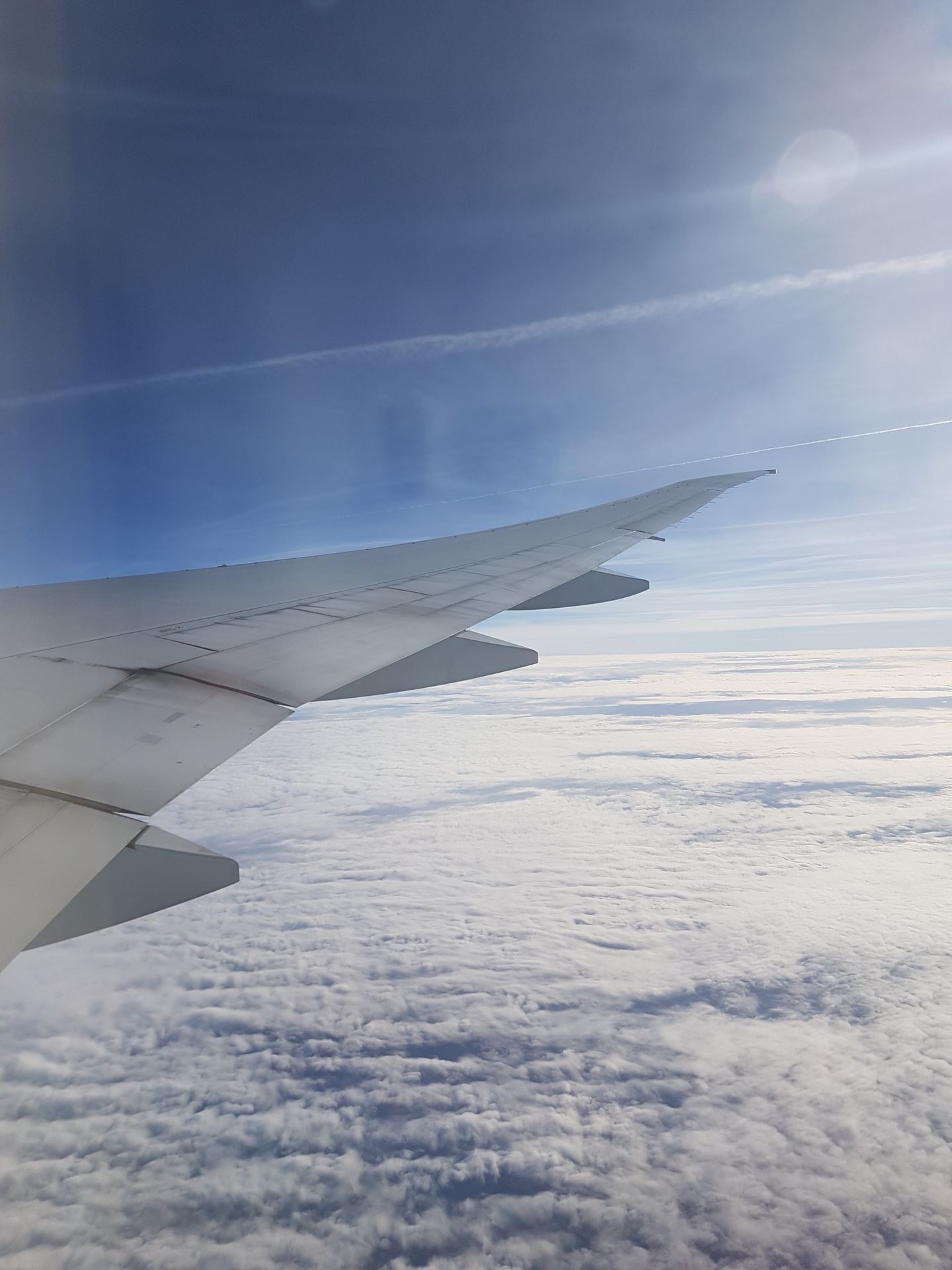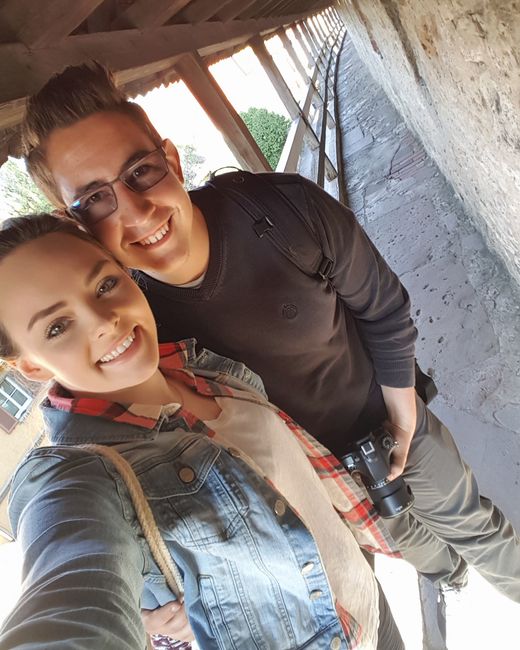12/07/2018 - The largest national park on the North Island
Pubblicato: 17.08.2018
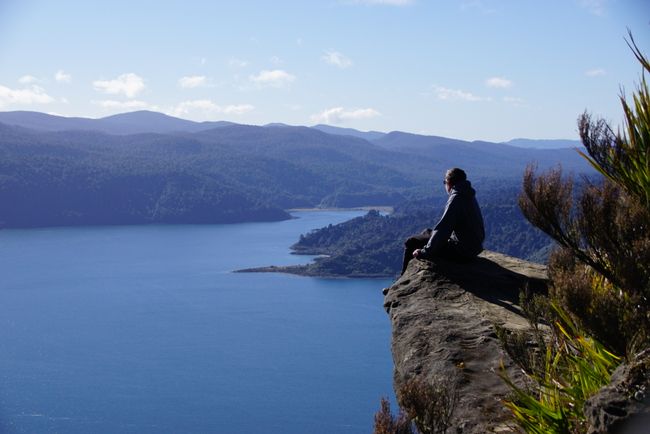
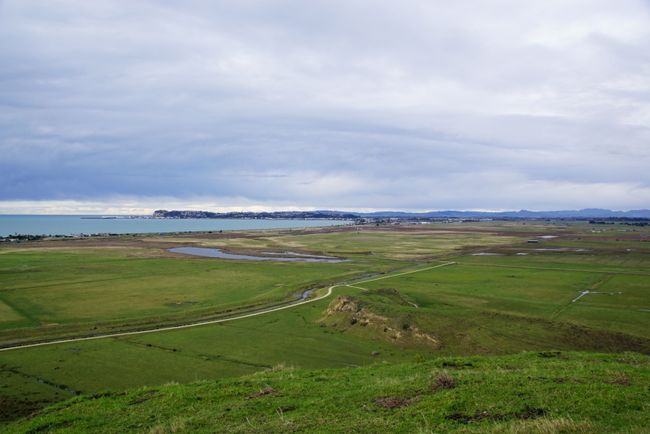
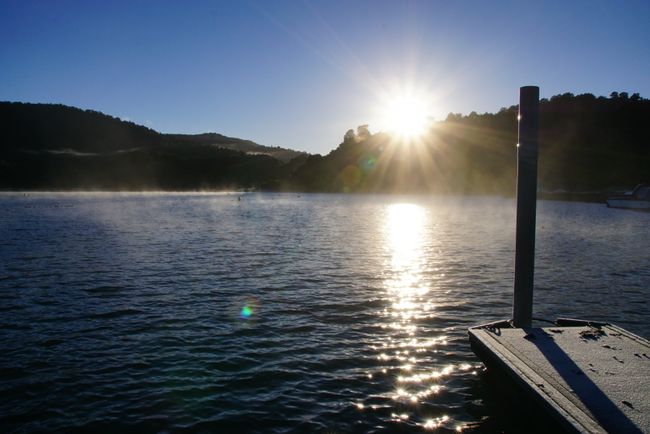
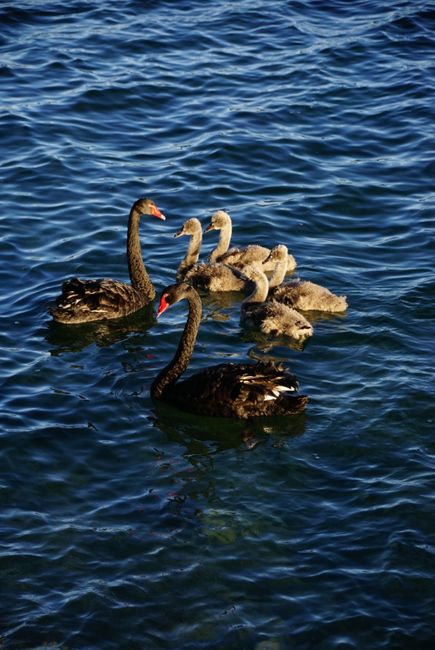
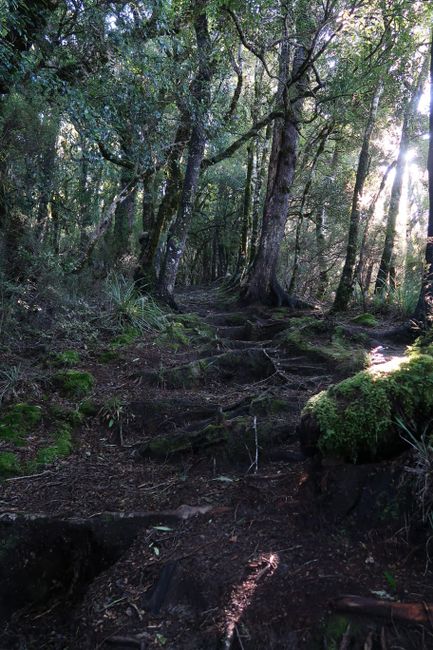
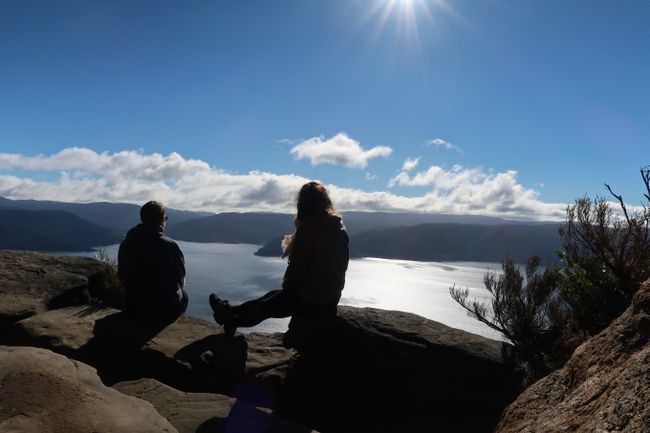
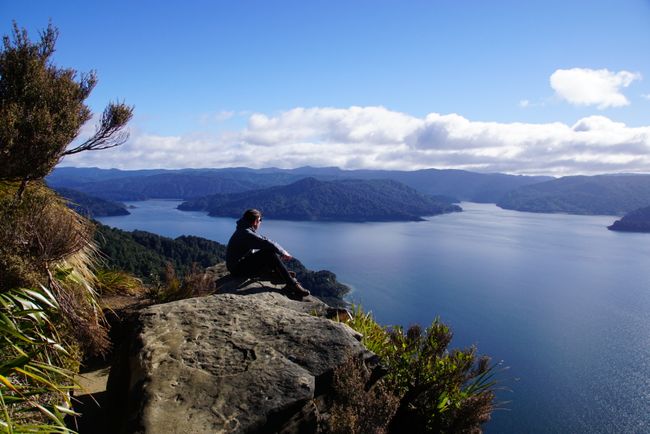
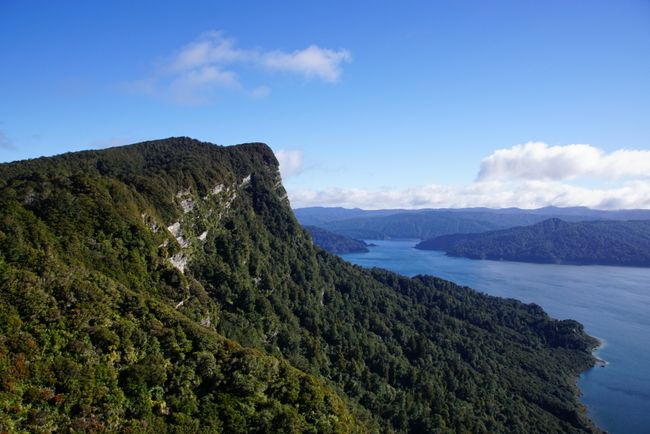
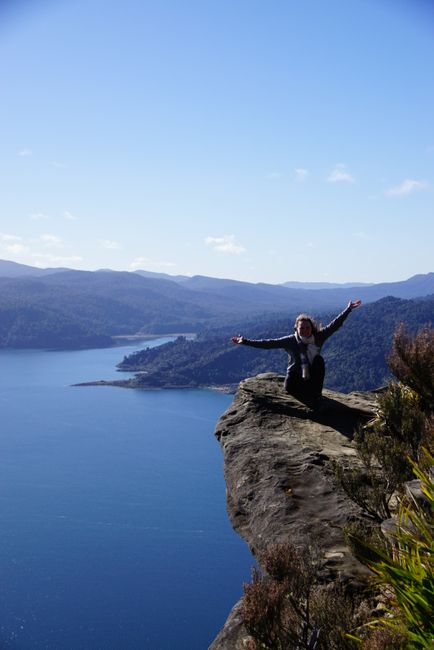
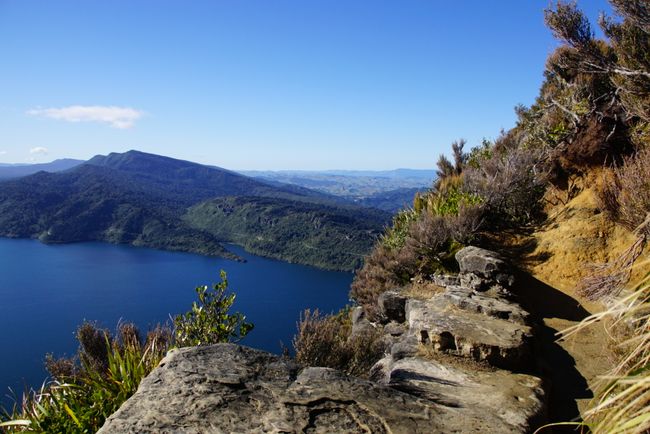
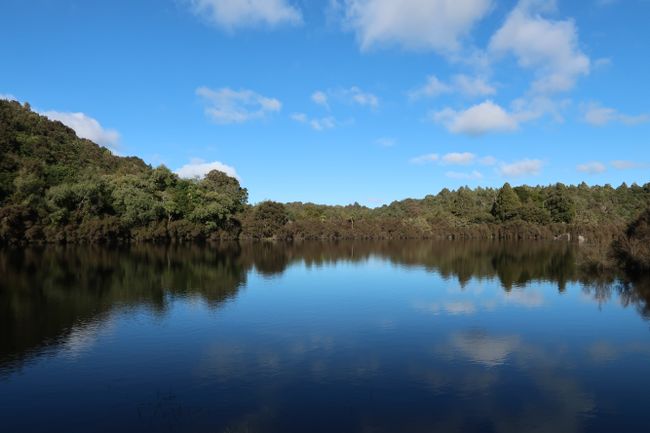
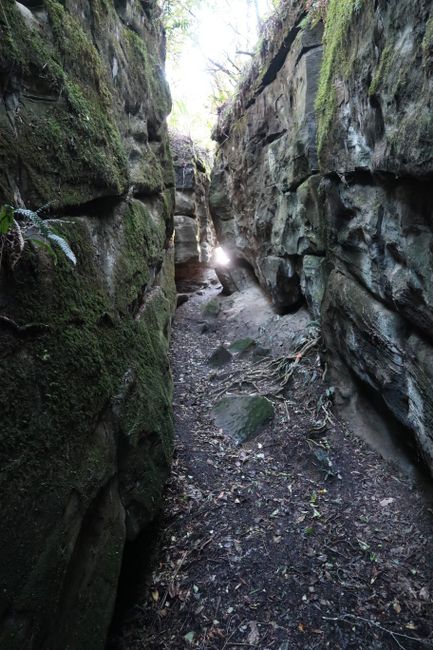
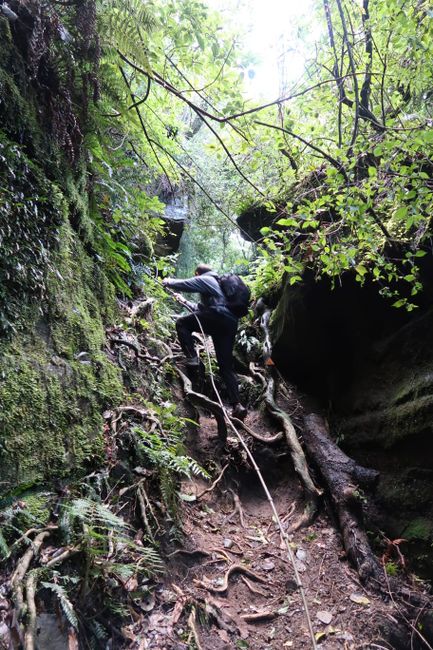
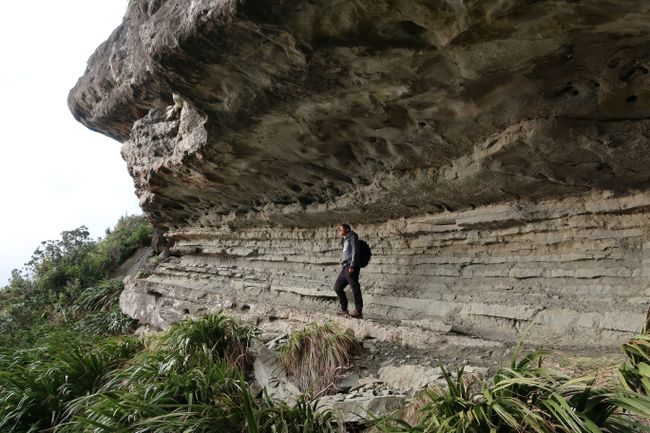
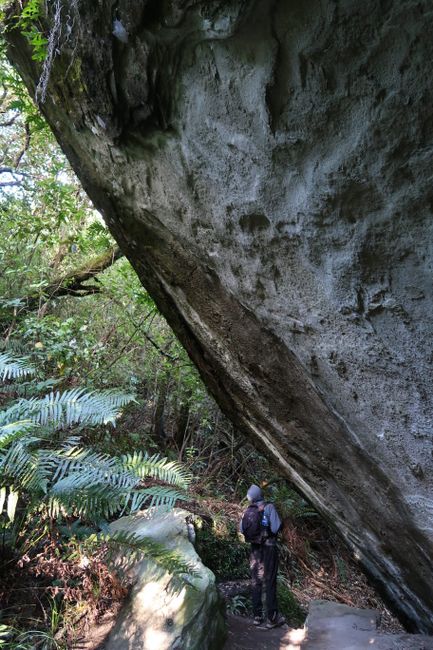
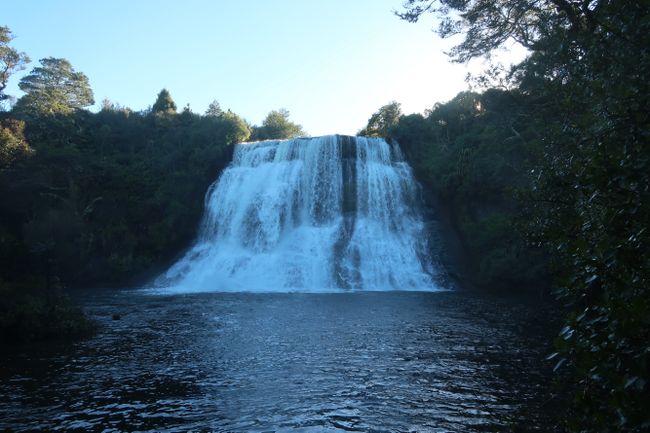
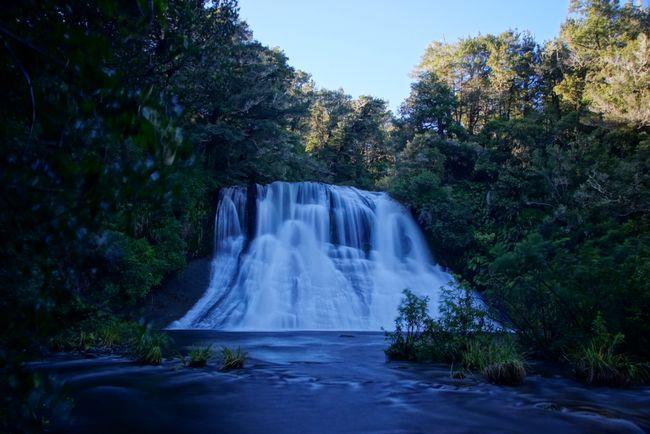
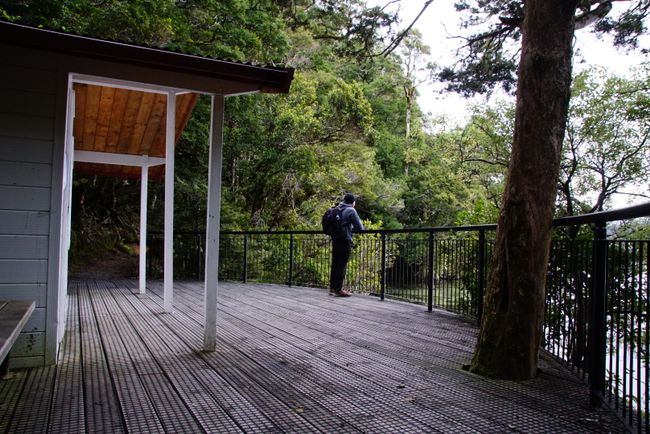
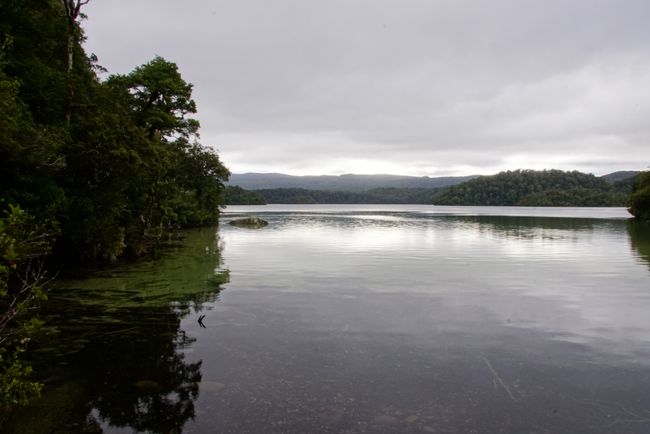
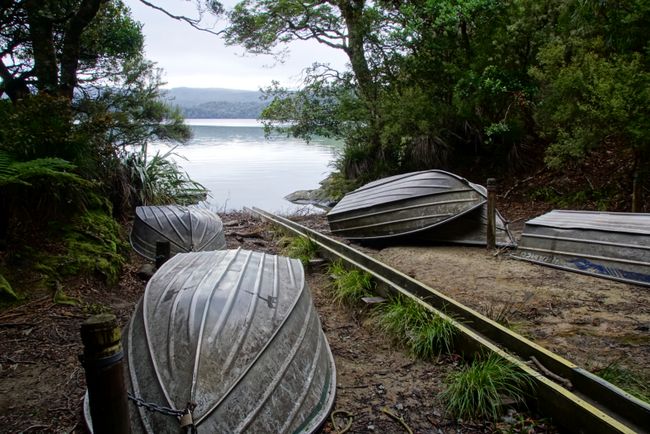
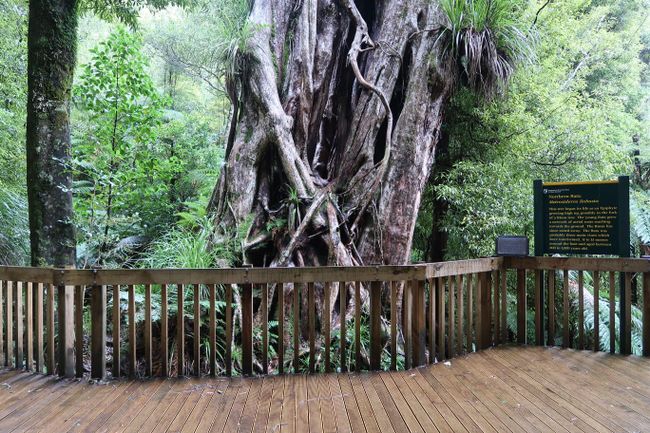
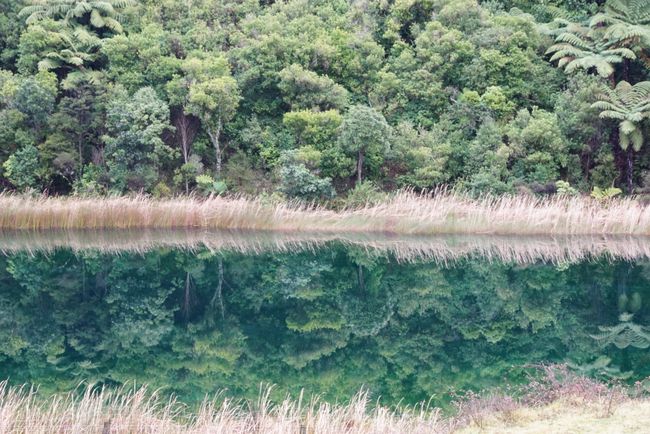
Iscriviti alla Newsletter
The morning in 'Bay View' started with a hot shower - who knows when we will have the chance again? ;) A German backpacker joined us in the kitchen for breakfast. In two weeks, she will be returning to Germany. For us (still) unimaginable to be so close to departure. There are still so many regions ahead of us that we want to explore - we have not had enough of New Zealand yet. However, she had more or less finished her year abroad and looked forward to being home. After doing the dishes, we said goodbye to her and set off. We didn't drive very far at the beginning. We visited a nearby lookout point that would not have been accessible 100 years ago. It was not until 1931, during the severe 'Hawke's Bay earthquake,' that the earth rose at this point. Where there used to be a large lagoon, there is now a vast green area used for agriculture and livestock farming.
Now nothing held us back. It was time to explore a more remote region again. The car was fully fueled, the food supplies piled up to the roof, and the Best-of ABBA CD playing. ;) Our destination for the day was the 160km away 'Lake Waikaremoana' in the 'Te Urewera National Park'.
The nature reserve has a tumultuous history. While many Maori tribes surrendered to the English crown in 1840 and signed the 'Treaty of Waitangi,' one tribe remained stubborn! They still live in the untamed forest area - the national park appears uncontrolled. But if you want to experience the original New Zealand - deep forests, dense bush, and its incredible bird diversity - this is the place to be. It is the largest national park on the North Island and translates to 'the burnt penis'.
However, it took a while to reach the shores of the large lake in the heart of the national park. The road surface changed from asphalt to gravel. In addition, there were many tight curves that required a patient driver. With the peak of heavy rain showers, we spotted Lake Waikaremoana between the mist. First, we looked for an area by the shore where free camping was allowed. After initially missing the narrow entrance, we turned around on the narrow road and found the entrance. On site, the disillusionment was great. The place was flooded due to heavy rainfall. The risk of getting stuck on the grass was too great, and the persistent rain seemed to never end. So we went back on the gravel road and continued north. We made our next stop at a small general store, which was also the reception for the only campground for miles around. Due to the poor weather forecast for the coming night, we used our common sense and found shelter here. At least we could escape the rain and cook our dinner in the communal kitchen. Another camper joined us. And as it always happens when you find yourself somewhere in the middle of nowhere, with no reception or internet access? You start a conversation. Stefanie was also from Germany. We talked for what felt like an eternity about our personal highlights, the difficulties of a long journey, and what we dislike about Germany.
The first night at Lake Waikaremoana was cold. It was so cold that we couldn't open our sliding doors the next morning! (For the first time during our entire trip!) Before we levered the doors out of their sockets, I climbed over the passenger seat and opened the trunk lid so that Tobi could get out. But since we still couldn't open the sliding doors from the outside, we spontaneously took a short morning walk. Before breakfast, this led us to the nearby lakeshore. A thin veil of clouds hung over the large body of water, and a small swan family, including chicks, swam past us. It was a dreamlike atmosphere that soon warmed our hearts. Back at the car, the first rays of sun shone on the icy bodywork. Since we could now open the right sliding door, we took out our cereal bowls and had breakfast. In the meantime, the left side of the car also thawed, and Sam could be prepared - making the bed, clearing dishes and groceries, and clearing seats.
We dedicated the day to a more challenging hike - the first part of the 'Great Walks' in the Te Urewera National Park. This section of the track takes about six hours to reach the 'Panekire Hut.' However, our goal was not the hut but only a lookout point halfway. The trail led through dense forest from the beginning, steeply up the mountain. There were hardly any other hikers on the trail, which made the atmosphere in the forest sleepy and mystical. Away from car or airplane noise, we listened to the songs of the many birds and enjoyed the activity in the fresh air. Occasionally, we had the opportunity to catch a glimpse of the lake. However, we had a hard time estimating our walking pace and had no clues as to how long it would take. One thing was clear: with every step, we got closer to our destination. We took frequent short breaks to listen to the incredible silence. It was so peaceful, beautiful, and frightening at the same time to hear nothing but your own heartbeat pounding loudly because of the ascent.
Nearly an hour later, we left the dense bush and stood on a stone plateau - the goal of our hike. The sun was shining above us, and below us, we saw the large blue lake. We sat down on a rock and enjoyed the fabulous view. Only the strong gusts of wind spoiled the beautiful moment. We rested, took souvenir photos from various positions and perspectives, and soon started the return journey, which went smoothly. However, before we reached the parking lot, we took a detour to another lake. 'Lake Kiriopukae' doesn't require many words: a calm body of water that wasn't necessarily worth the detour.
Back at the car, we took a short lunch break. We each had a crunchy apple and a granola bar. Just what we needed after a hike! ;) And since this hike only mildly challenged us (we unexpectedly reached the lookout point quickly), we decided to go on another one. We didn't have much of an idea about the 'Onepoto Caves Walk' in the beginning. However, the muddy trail quickly turned into a real highlight. The trail passed by various limestone formations and deep sinkholes. We frequently stopped to look into the dark caves -sometimes deeper, sometimes wetter. The forest area exuded a unique atmosphere, so mysterious and full of tension. - What awaits around the next curve? How big will the next cave be? - The highlight of the track was a relatively low, natural tunnel that we had to pass through. At first, we were unsure if this was the right path. But it was. On the other side, the trail continued past even larger and more adventurous obstacles. - We really enjoy such unusual and varied paths! :)
After the day of walking, we sought refuge from the next rain front at the well-tried campground and took it easy for the rest of the evening.
As we were heading back, we noticed that another rain front was moving over the national park. This time, we were not spared and had to use our complete rain gear. Quite drenched, we reached our mobile home - faithful Sam. Now it was time to return to civilization. We left the campground at Lake Waikaremoana and drove towards 'Wairoa.' Despite the persistent rain shower, we made a few more small excursions - we were already wet anyway. For example, we visited the oldest 'Rata' tree in the national park. Its age is estimated to be an incredible 1,000 years! It is always impressive to stand in front of such large trees.
In New Zealand, you always have to keep your eyes open while driving. Because behind every curve or fence, there could be something wonderful hidden. Like the incredibly green-glowing lake in which the surrounding bush was perfectly reflected. Or a waterfall by the roadside, gently flowing down a natural stone staircase.
We reached civilization around 3:30 PM. In Wairoa, we parked our car at a free campground. After preparing our dinner under the umbrella, we retreated to the car. The darker it got, the more uncomfortable we felt. For the first time, we were completely alone, with no other campers using the free overnight accommodation. Additionally, a drunk Wairoa resident decided to shoot his rugby ball across the entire parking lot. The ball repeatedly made loud thumps as it hit the ground. Hopefully, our car remains unscathed, and we find some sleep.
Iscriviti alla Newsletter
Risposta (2)
Wolfgang
Wieder werden wir mit traumhaften Bildern verwöhnt! Respekt! Auch der Wasserfall mit langer Belichtungszeit wirkt wie ein Gemälde! LG WolfgangDominic
Jetzt habe ich mich endlich mal gezwungen den Anmelde-Button zu betätigen :D Absolut traumhafte Bilder und jedes Mal so toll geschrieben. Nach unserer Neuseeland-Reise genieße ich euren Blog um in Erinnerung zu schwelgen. 
Rapporti di viaggio Nuova Zelanda
